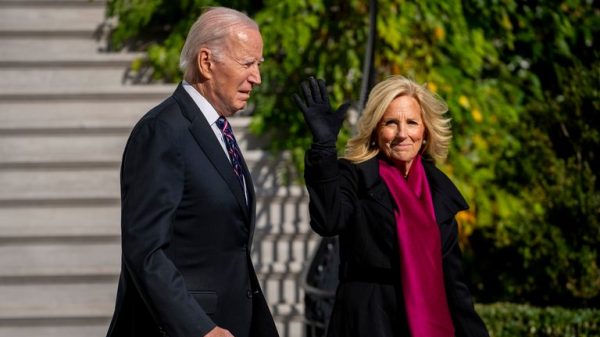Every year on 8 March women who belong to different social classes and various age groups from the city of Lahore hold noisy protests to celebrate the International Women’s Day and traditionally they always gather outside the Lahore press club at the Shimla Pahari roundabout, writes Pakistani human rights activist Anila Gulzar.
Women representing their respective non-governmental organizations carrying placards
displaying their logos and a catchy slogan, female workers from the informal sector
marching behind a red banner spread across the front row and with feminist and slogans
printed on them wearing shalwar qameez that are bought specially for the occasion, middle
class women wearing branded clothes and an army of press photographers busy taking
snapshots of women raising slogans with their fists waving in the air parading in circles and
a heavy contingent of lady police parked at the green belt in full riot gear are all part of the
event.
At some point, during the liveliest of the protests one would ever see in Lahore, a group of
middle class NGO women, charged with emotion, would rush ahead and take over the
whole width of the road disrupting the passing traffic and bringing it to a standstill.
This would normally herald the climax of the day. Minor skirmishes between the protesting
women and the lady police would let loose the anger, frustration and humiliation these
women endure all year long. Police women and protesting women both throwing punches
and pulling each other’s hair, shouting abuse and dragging one another to the ground are
the hallmark of the day.
This is when both the victim and the assailant are compelled by circumstance and
transformed into Roman gladiators performing in an arena of patriarchy. Finally, the
protesting women would retreat and gradually disperse. And until the next year they would
return to living their lives according to the rules and social dictates set by the male head of
the family, the mullah and the patriarch state.
Violence against women in Pakistan is on the rise. According to a report published by
European Union on March 12, 2020, Pakistan is ranked the sixth most dangerous country in
the world and second worst in the world (ranked 148th) in terms of gender equality.(1)
White Ribbon Pakistan reported that during 2004 and 2016, 47034 women faced sexual
violence, over 15000 cases of honour crimes and more than 1800 cases of domestic violence
were registered plus over 5500 women were kidnapped. Since it is very hard to collect data
regarding violence against women in Pakistan and so many cases go unreported it is not possible to determine the extent or the wide-spread injustices that our women suffer on a
day to day basis.(2)
According to the International Labour Organisation the gap between male and female
workers is the widest in the world. Hence, on average women in Pakistan earn 34% less than
men.(3)
Women in Pakistan also face sexual harassment at work place, on the street and in
the family by male family members. Women who belong to religious minorities such as
Christian, Hindu or Sikh are faced with abduction, forced conversion to Islam and forced
marriage to her abductor. According to UN report at least 1000 women from minorities are (2)
abducted and forced in Islamic marriages in Pakistan each year.
With an estimated 2,000 deaths per year, dowry death is another avenue in which Pakistan
has been reported to have the highest rate. Married women are murdered or driven to
commit suicide by their in-laws through continuous harassment and torture over disputes
related to dowry.
Recently, Pakistani women have been traded in China as sex workers. Chinese men marry
young girls from poor families in Pakistan, and once they go to China, Pakistani bride is
either sold off to the highest bidder or kept as a sex slave and domestic servant. According
to Associated Press 629 girls from Pakistan were sold as bride to China. (4) (7 December,
2019).
China’s track record regarding gender equality has not been impressive either. On 6 March
this year Mandy Zuo in her article published in South China Morning Post reports that
gender discrimination in China against women jobseekers is rife. According to the experts,
that Zuo quoted, nearly 85% of Chinese female graduates had encountered at least one
form of gender discrimination while job hunting and reports of domestic violence has increased by at least 50% in the past one year alone. (5)
A main issue concerning women repression in China is hegemonic masculinity which is rife at
the work place. Women in both Pakistan and China suffer from gross violation of human rights. In both countries, domestic violence is on the rise and rape has become a tool of oppression. In
Pakistan Islam is used to suppress the right of women to social emancipation and economic
freedom and in China a totalitarian ideology that stems from sadistic repressed desires and
rigid masculinity curtails the civic rights of the Chinese female population.
Anila Gulzar is a Pakistani human rights activist based in London. She is the CEO of Justice for Minorities in Pakistan.
Share this article:





















